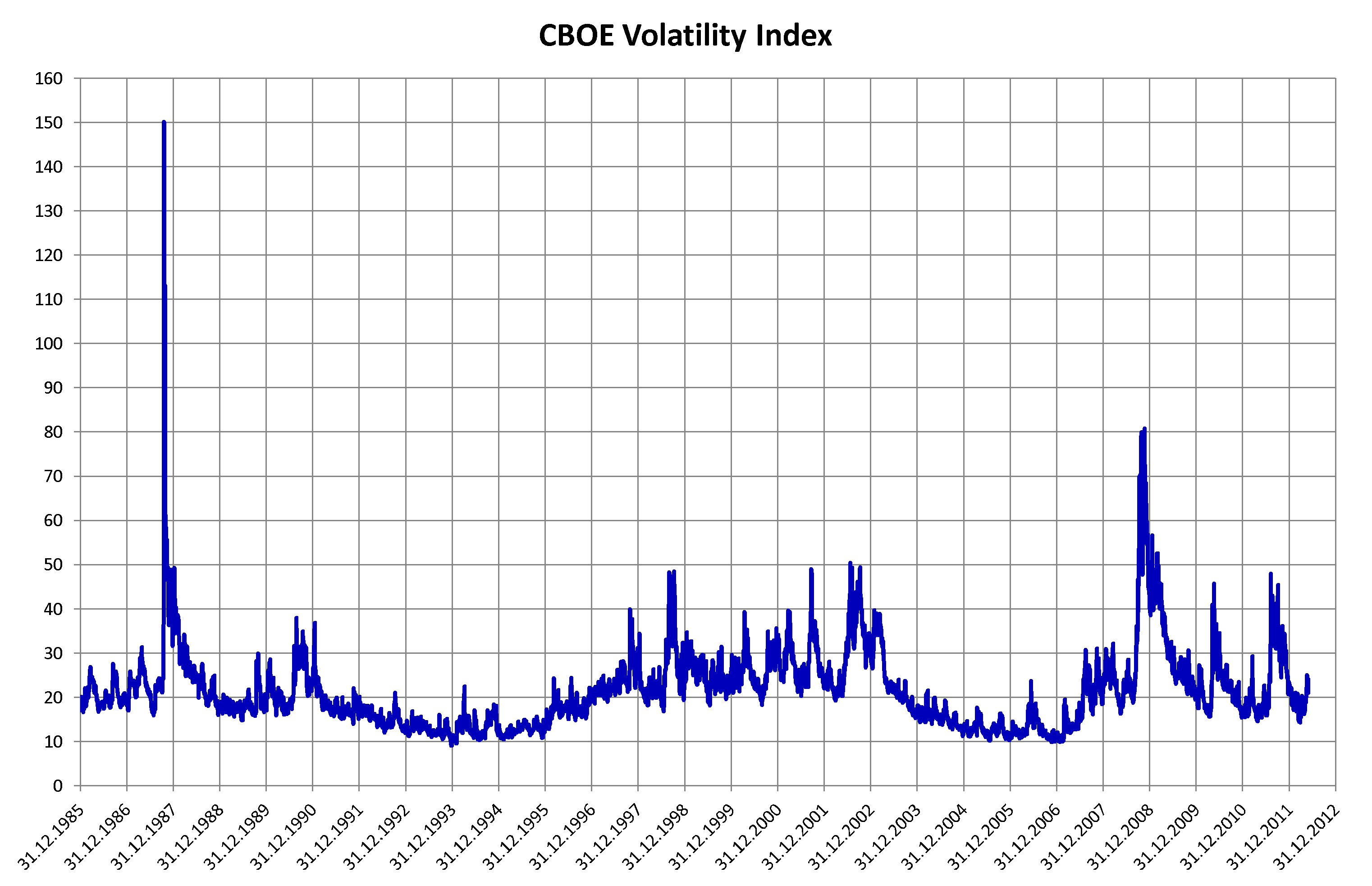Options trading 101
- Introduction to Options Trading
- Pros & Cons of Trading Options
- Basic Concepts in Options Trading
- Trading Calls and Puts
- Popular Options Trading Strategies
- Advanced Trading Strategies
- Navigating Brokerage Platforms
- A Real-Life Approach to Options Trading
A Real-Life Approach to Options Trading
Adapting Strategies to Market Conditions

The degree of variation of a trading price series over time, usually measured by the standard deviation of logarithmic returns.
In the world of options trading, the ability to adapt your strategies to different market conditions is crucial. This unit will guide you through understanding various market conditions and how to adjust your trading strategy accordingly.
Understanding Different Market Conditions
There are four primary market conditions you need to be aware of: Bullish, Bearish, Neutral, and Volatile.
-
Bullish Market: This is when the market is showing a tendency to rise in value. It's named after the bull, who strikes upwards with its horns, symbolizing rising prices.
-
Bearish Market: This is the opposite of a bullish market. It's when the market shows a tendency to fall in value. The term comes from the bear, who strikes downwards with its paws, symbolizing falling prices.
-
Neutral Market: This is when the market is neither increasing nor decreasing in value but moving sideways. In this condition, the market is uncertain.
-
Volatile Market: This is when the market is making rapid and significant price movements in either direction. Volatility can be due to various factors, including economic indicators, market news, or events.
Adapting Your Trading Strategy
Once you understand the market conditions, the next step is to adapt your trading strategy to align with the current market.
-
Bullish Market: In a bullish market, traders can consider strategies like buying calls, selling puts, or using a bull spread strategy.
-
Bearish Market: In a bearish market, strategies like buying puts, selling calls, or using a bear spread strategy can be considered.
-
Neutral Market: In a neutral market, strategies that work well are those that do not rely on price movement, such as selling options for premium income or using Iron Condor strategy.
-
Volatile Market: In a volatile market, strategies that benefit from significant price movements, such as Straddles or Strangles, can be effective.
Recognizing Market Trends and Signals
Recognizing market trends and signals is key to adapting your strategy. This involves technical analysis, which includes studying price charts and using technical indicators to predict future price movements.
Case Study: Successful Strategy Adaptation
To illustrate how strategy adaptation works, let's consider a hypothetical trader, John. John primarily uses a bull spread strategy, which works well in a bullish market. However, when he notices the market showing bearish signals, he switches to a bear spread strategy. By doing so, he manages to continue making profits even in a bearish market.
In conclusion, the ability to adapt your options trading strategy to different market conditions is a vital skill. It requires understanding of market conditions, knowledge of different strategies, and the ability to recognize market trends and signals. With practice and experience, you can master this skill and increase your chances of success in options trading.